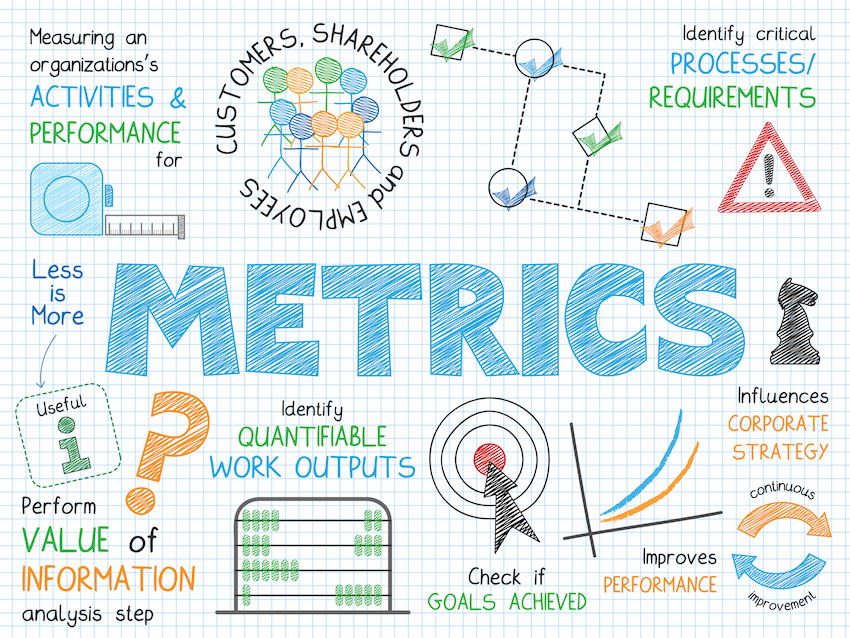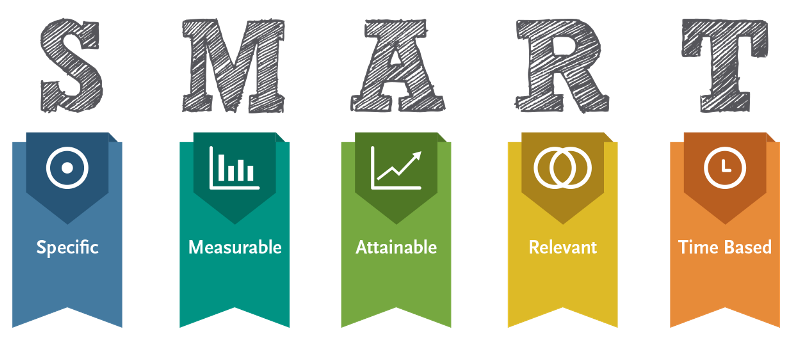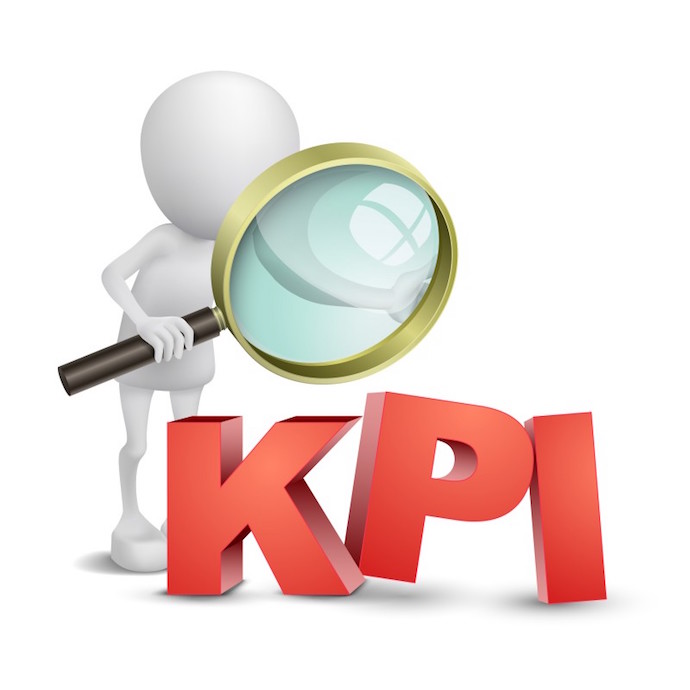
The 10 Project Portfolio Management KPI To Adopt
Metrics are convenient and easy to use. They measure and estimate cost, project duration, and ensure that the projects are where they are supposed to be but it doesn’t guarantee that it will solve all your problems. These metrics are meant to assist managers and their teams to gain a chance of the project success or an expected ROI benefit. Everything still lies in human resources. Project portfolio management KPI are helpful methods or tools in ensuring that projects are aligned to the business objectives or that they provide value or return once the delivery is finished.
Project Portfolio Management KPI
There are some metrics that serve as signal lights on a project’s status. These are called Key Performance Indicators or KPI and though they don’t magically fix blunders, they provide companies factors, assessment, and data that will help them achieve their objectives.
Project portfolio management KPI are not equal—they can work on one organization, but not on the other. Before you adopt a certain KPI, you need to understand the overall aspect, objective, and structure of your organization. It also means the methodologies or plans on how to achieve your objectives as well as the people that need to be involved in the action that will affect the KPI. This is more like a soul-searching phase for both your organization and future KPI.

The KPI Matching
As stated above, the KPI must adhere or align to the business objective of the company. In order to do that, you need to keep in mind of the following factors to successfully match your KPI to your business objective.
- The objective must be Specific. A vague objective will not trigger a KPI.
- The progress must be Measurable. If you can’t measure it, then you are far in reaching your goal than you think.
- The goal should be Attainable, realistic, and logical. Weigh the pros and cons and determine if such goal or idea is too absurd to be logical.
- The KPI must be Relevant to the goal of the organization.
- Keep in mind the Time-frame when achieving the goal at hand.
Now that you have the basic understanding of KPI, it’s time to introduce you the ten project portfolio management KPIs that make up not only the project portfolio but project management office (PMO) as well. The following metrics below are divided based on their classification: operational efficiency, execution, business value delivered and strategic alignment.

1 – Operational Efficiency KPI
This project portfolio management KPI metric measures both the resources utilization and team performance, as well as other similar factors involved in a project operation.
Resource Allocation
The metric under the operational efficiency category entails the percentage of duration spent on a single resource or a group of resources, as well as tasks spent on those resources. Resource productivity is measured where in turn is evaluated and reviewed by the manager in charge of a project.
Project Effort
This is the time devoted working on the project. This is solely focused on the project alone, unlike resource allocation that focuses on resources.
Project Churn
Project churn measures the projects that are on stand-by or forfeited over the projects given in a certain amount of time. This project portfolio management KPI also conveys several changes in a project and how it will adjust and keep up with these changes, as well as eliminating excessive projects that can disrupt the balance of the number of projects that are operating in a portfolio. Such incident is due to poor planning which then results to churn.

2 – Execution KPI
This focuses on project implementation and its impact once it is deployed for assessment. The following metrics that fall under project portfolio management KPI category determines if the following projects are successful or not and the involved cost accumulated during the project operation.
Project Success Rate
This project portfolio management KPI applies to project failure as well. The projects rate of success of failure is measured in varied factors such as time, budget, and fulfilling requirements through proper result delivery. This is based on stakeholder satisfaction after the delivery has been done.
Budget Variance
The following costs included in the planning stage of the project are estimated accurately through this project portfolio management KPI metric. But take note that this is more of an assumption than a fact—cost is still not safe from overshooting, so estimations are still needed. The following process is computed or estimated via budgeted task cost, actual task cost, and earned value. These costs must be under the watchful eye of the manager at all times.
3 – Business Value Delivered KPI
From the word itself, business value metrics are used for measuring the expected value of a certain project. This is basically the mother of all performance metrics since projects rely on return value in order to fully determine if they are successful or not.
Customer Satisfaction
A healthy project means greater satisfaction from the clients. Yes, there is a project portfolio management KPI metric that measures customer satisfaction and this is through both client and stakeholder feedback after the project is delivered.
Business Value Realized
This will come up when the following projects are properly selected and implemented at the proper time interval. The estimated benefits can be easily computed from the date of the project’s delivery and measurements are done through revenue added, cost savings, and a raised customer satisfaction.

4 – Strategic Alignment KPI
This comprises of projects that are parallel to an organization’s objectives and target and unit investment.
Percentage of Projects Aligned with Objectives
This one is pretty much self-explanatory: the following project portfolio management KPI metric aims to measure the percent of the existing projects with the business objective of a company.
Investment Class Targets
The purpose of this project portfolio management KPI is to estimate the investment made in a project through the following components: run, grow and transform.
Business Unit Investment Targets
Each existing business unit is measured by setting the targets for effort and cost. Once these investments are spent, it will be assessed against the two factors. Investment class and business investment are entirely different from one another; the former focuses on the project’s transition while the latter focuses its attention on the spent investments.
Conclusion:
There are more project portfolio management KPIs to choose from; it is still based on what you want to measure. In this case, the metrics mentioned in this article aim to measure the ongoing performance of projects and/or whether they are properly aligned with the company’s business objective. At the end of the day, it is still up to the current status of both your projects and organization and their respective needs. Tread lightly when resorting to project portfolio management metrics—always practice KPI matching before jumping to the wagon so as to prevent problems in the future.
You want to know more about Project Portfolio Management ? Visit our dedicated webpages :

Subscribe To Our Newsletter
Join our mailing list to receive the latest news and updates from our team.























